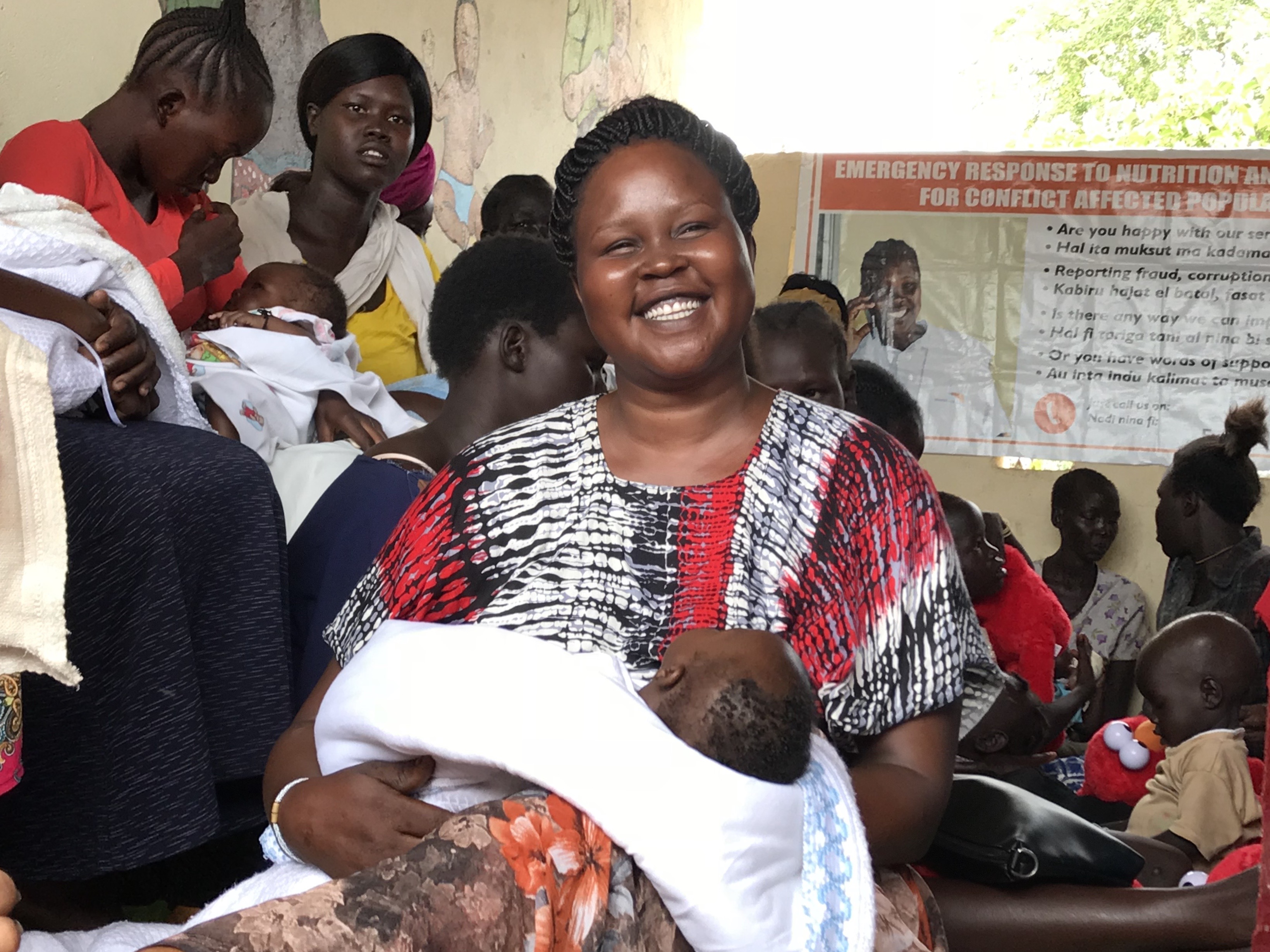Health and Nutrition
Our Goal:
- Improve health and nutrition for vulnerable children
- Increase the number of children who are well-nourished
- Increase the number of children who are protected from infection and disease
What is the problem?
- Decades of conflict have led to the debilitation and near collapse of the already insufficient health system in South Sudan
- Systematic and intentional deprivation of services prior to independence lead to little if any infrastructure
- Proper health care is not available: 56% of the population does not have access to health facilities
- Maternal mortality rates (at 789 per 100,000 live births) are the highest in the world
How is World Vision addressing the issues?
We are improving the overall health and nutrition of children through the direct provision of health and nutrition services, improving the knowledge awareness on health, nutrition, hygiene, and safe water and by equipping and involving community and faith leaders in the process. As a result:
- 243 health facilities across the country were supported to provide essential services such as immunizations, maternal and child health services, antenatal and postnatal care and curative as well as nutrition services
- 2,208 community health workers were equipped to help manage and prevent malnutrition in their communities
Is what World Vision doing working?
Yes! Here are a just a few ways we know our programmes are working:
- More than 100,000 children received vaccinations in 2016 and 2017 to help eradicate Polio.
- As a result of education and better access to equipped health centres, more women are choosing to have their children in the presence of skilled birth attendants. In the Yambio country the number of women whose births were supported by skilled birth attendants more than doubled (from 6% in FY16 to 13% in FY17).
- Although the number of children experiencing malnutrition continues to be unacceptably high, we are encouraged by working with leaders, mothers, mother support groups and community nutrition volunteers, 88% children who have been treated for malnutrition have not relapsed.
The Impact:*
- 312,181 children under 5 were able to access curative health services through supported primary health centres
- 1,278 health workers received additional training to meet the needs of vulnerable women and children
- 2,208 community health workers are actively involved in managing and preventing malnutrition in their communities
- More than 100,000 children received vaccinations and are now safe from the devastating effects of Polio
Related Resources:
- Watch this video to see how we are reducing the number of malnourished children by informing their mothers about the most nutritious foods to prepare and the best methods of preparation.
- See how we are tackling malnutrition among infants by training mothers in the importance of breastfeeding and equipping them to share this important information with their neighbours.
